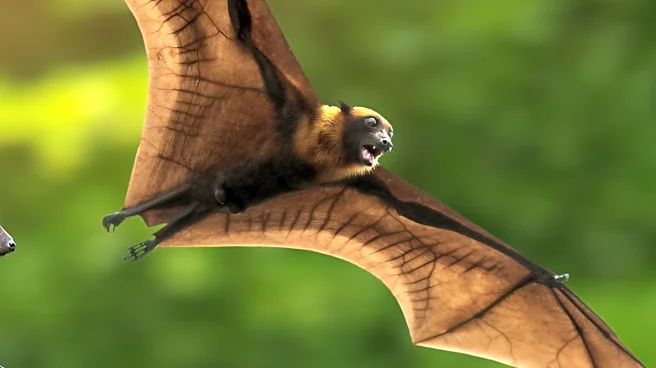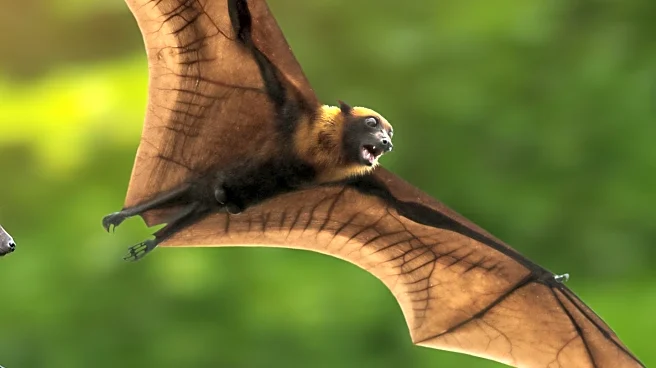What is the story about?
What's Happening?
Boots, a fox under the care of Newhouse Wildlife Rescue in Reading, Massachusetts, has been deemed unable to return to the wild due to neurological damage. Initially found by an animal control officer, Boots was brought to the rescue as a six-week-old kit suffering from an abscess on his head and difficulty walking. Despite treatment, Boots displayed unusual behavior, preferring human interaction over socializing with other foxes. A CT scan later revealed Boots likely suffered from hydrocephalus, affecting his brain development and scent capabilities, crucial for survival in the wild. Consequently, Boots cannot be released and remains under the care of the rescue staff, enjoying their attention and belly rubs.
Why It's Important?
The case of Boots highlights the challenges wildlife rescues face in rehabilitating animals for release. Boots' condition underscores the importance of neurological health in wildlife survival, as his inability to hunt or socialize effectively prevents his return to natural habitats. This situation raises awareness about the complexities of wildlife rehabilitation and the need for specialized care for animals with unique health issues. It also emphasizes the role of wildlife rescues in providing lifelong care for animals that cannot be reintegrated into the wild, impacting resource allocation and operational strategies for such organizations.
What's Next?
Newhouse Wildlife Rescue is seeking approval from the Massachusetts Division of Fisheries and Wildlife to relocate Boots to a sanctuary where he can live comfortably. As the rescue anticipates more foxes needing care, finding a suitable long-term home for Boots becomes urgent. The organization is exploring sanctuary options that can accommodate Boots' needs, ensuring he receives the attention and care he requires. The decision on Boots' relocation will depend on regulatory approval and the availability of appropriate facilities.
Beyond the Headlines
Boots' story sheds light on the ethical considerations in wildlife care, particularly the balance between rehabilitation and permanent captivity. It raises questions about the best practices for animals that cannot be released and the emotional bonds formed between caretakers and animals. This case may influence future policies on wildlife rescue operations and the criteria for determining an animal's release potential, highlighting the need for comprehensive assessments and tailored care plans.
AI Generated Content
Do you find this article useful?














